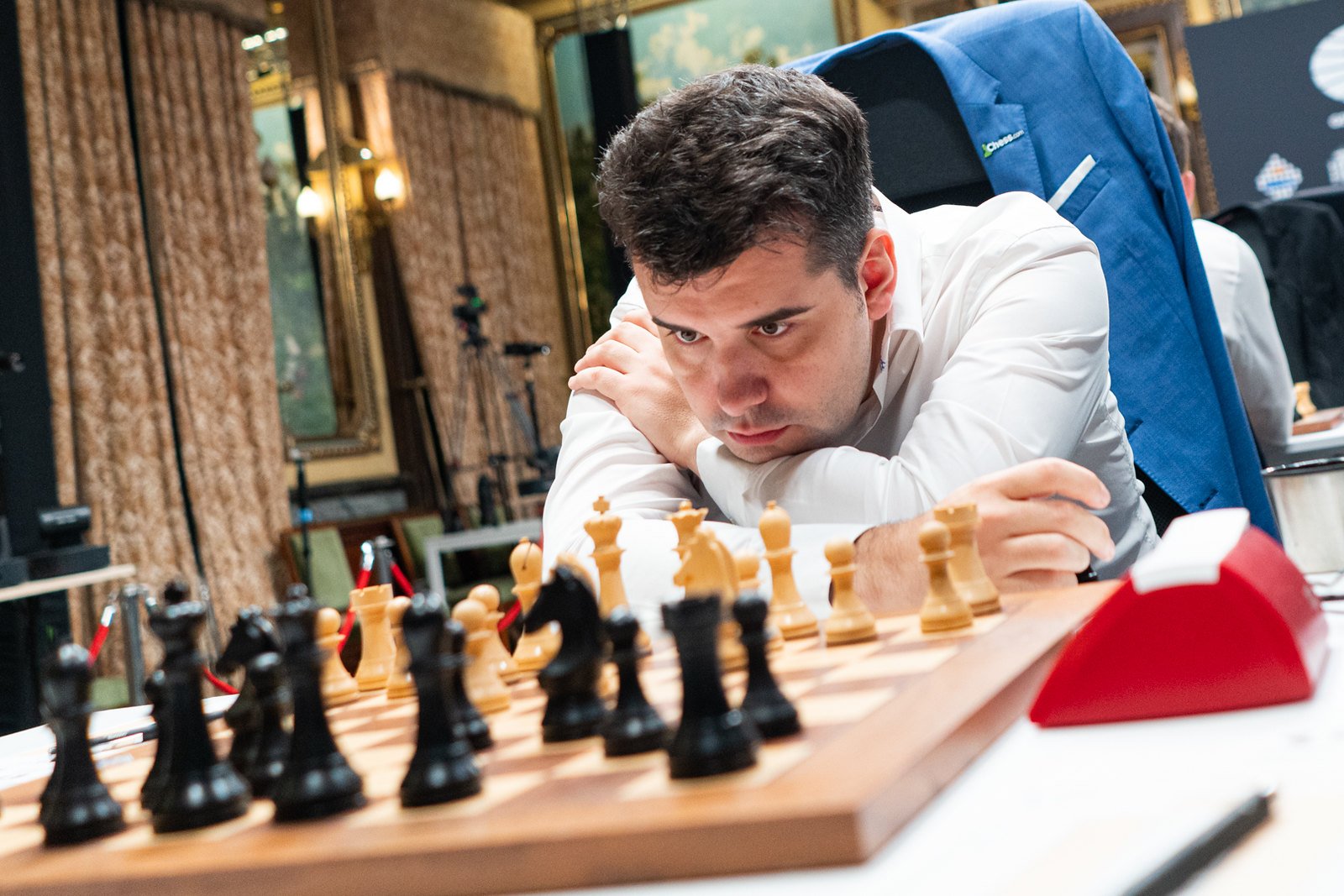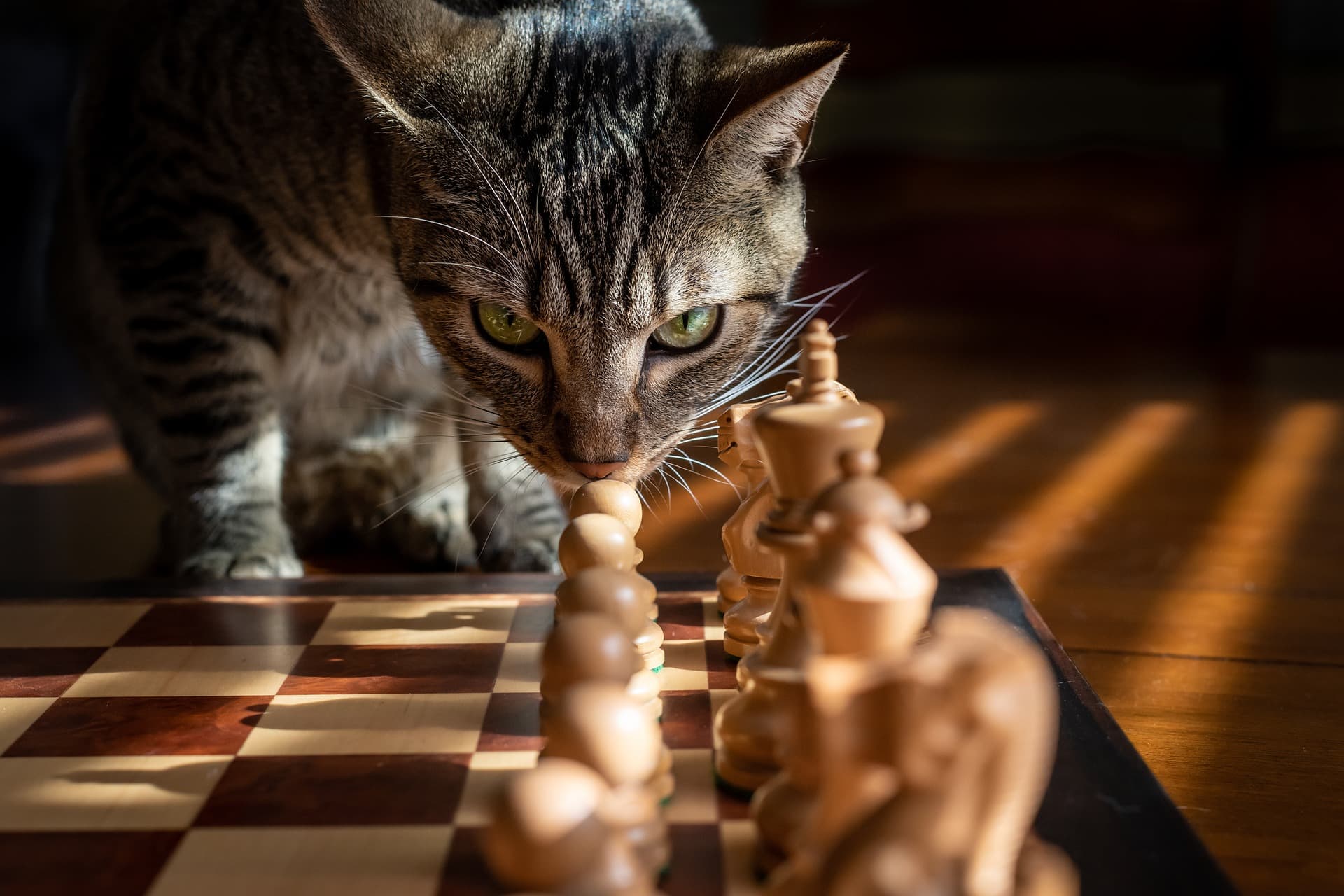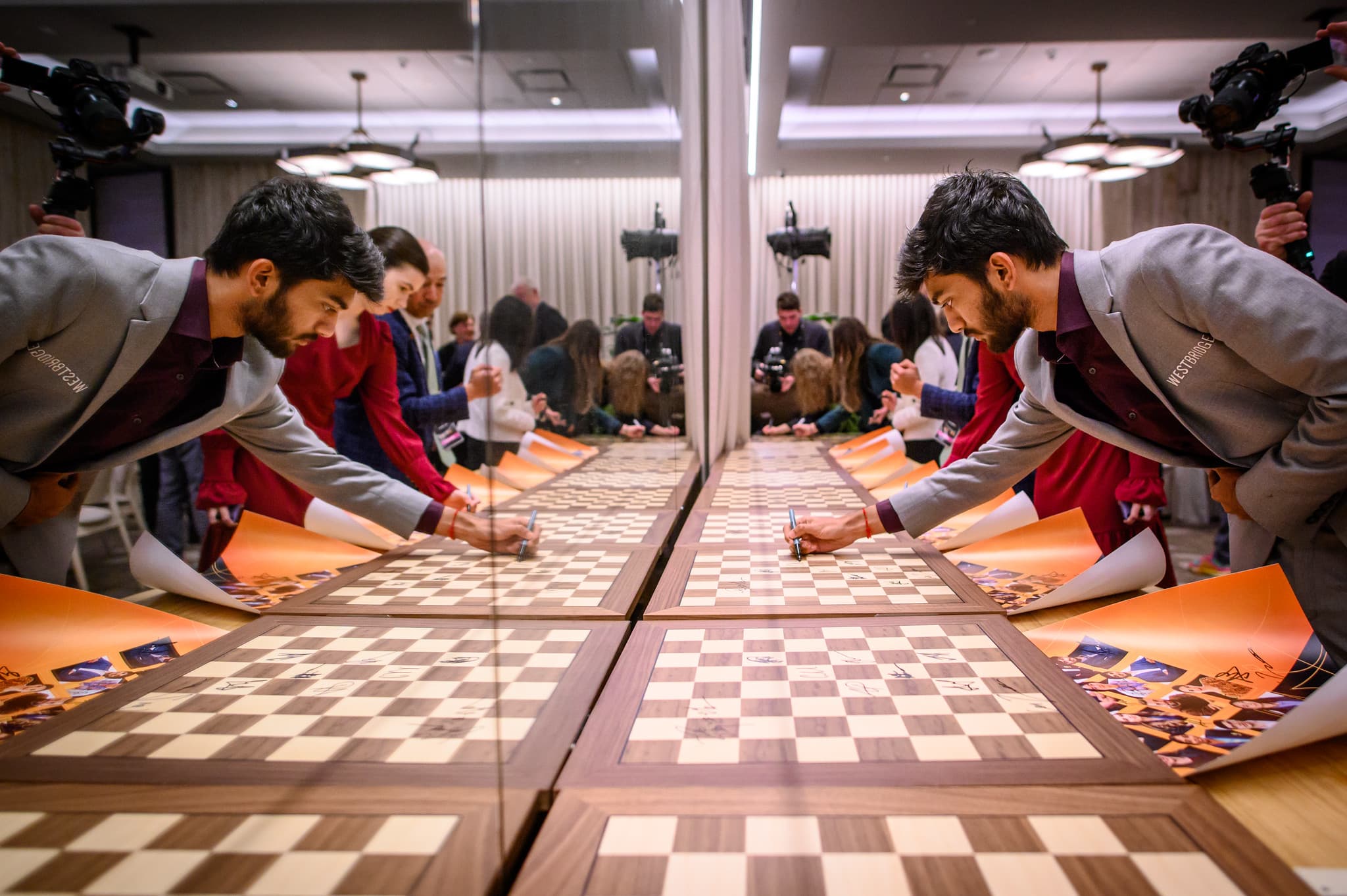En passant, French for “in passing,” is a special pawn move in chess that lets you capture one of the opponent’s pawns in a way you usually wouldn’t be able to. It is one of the more obscure chess moves and amateur players are sometimes caught off-guard by it.
To make an en passant capture, your pawn needs to be on the fifth row and one of the neighboring enemy pawns has to move two squares to land right next to it. This is when the magic happens—but be careful, for you only get one chance!
How does the pawn move in chess?
Pawns normally move one square at a time, from the starting side of the board to the opposite end. The one exception to this is their first move, when they can move two squares forward if you want to. They cannot move sideways or backward. But unlike other chess pieces, they capture differently from how they normally move. Pawn captures are made by diagonally moving forward by one square. For example, a white pawn on e5 can capture a piece on d6 or f6.
How does en passant work?
En passant is a special pawn capture. If you have a pawn on the fifth row of the board, your opponent may move a pawn from its starting position directly next to yours on the neighboring file by moving it two squares instead of one. This means the pawns are side by side: for instance, on e5 and d5.
Had your opponent moved their pawn just one square (to d6), you would be able to capture it as normal. But for one brief moment, you have the opportunity to take it anyway “in passing,” or en passant. If the enemy pawn has just moved next to yours by advancing two squares, you can capture it. But you only have this opportunity on the very next move, and never again.
Here’s an example of the en passant capture:
When is it good to capture en passant?
Whether it is a good idea to capture en passant depends on the position on the board. Though it is a popular chess meme that “en passant is always forced,” this is really not the case in practice. Just like with any other pawn capture, it represents a permanent change of the pawn structure, and it is not always good for you. In most cases, your opponent will know this capture is possible, meaning they probably considered it before making their pawn move. Were they right? That is, of course, for you to decide.
As you get better at chess, you will realize that just because a pawn can be captured, it doesn’t always mean that you should take it. There are positions where both sides are just better off keeping the tension or passing each other by like strangers in the night instead of capturing en passant.
That said, delivering checkmate by en passant is pretty spicy and special.











Published: Mar 19, 2022 10:11 am